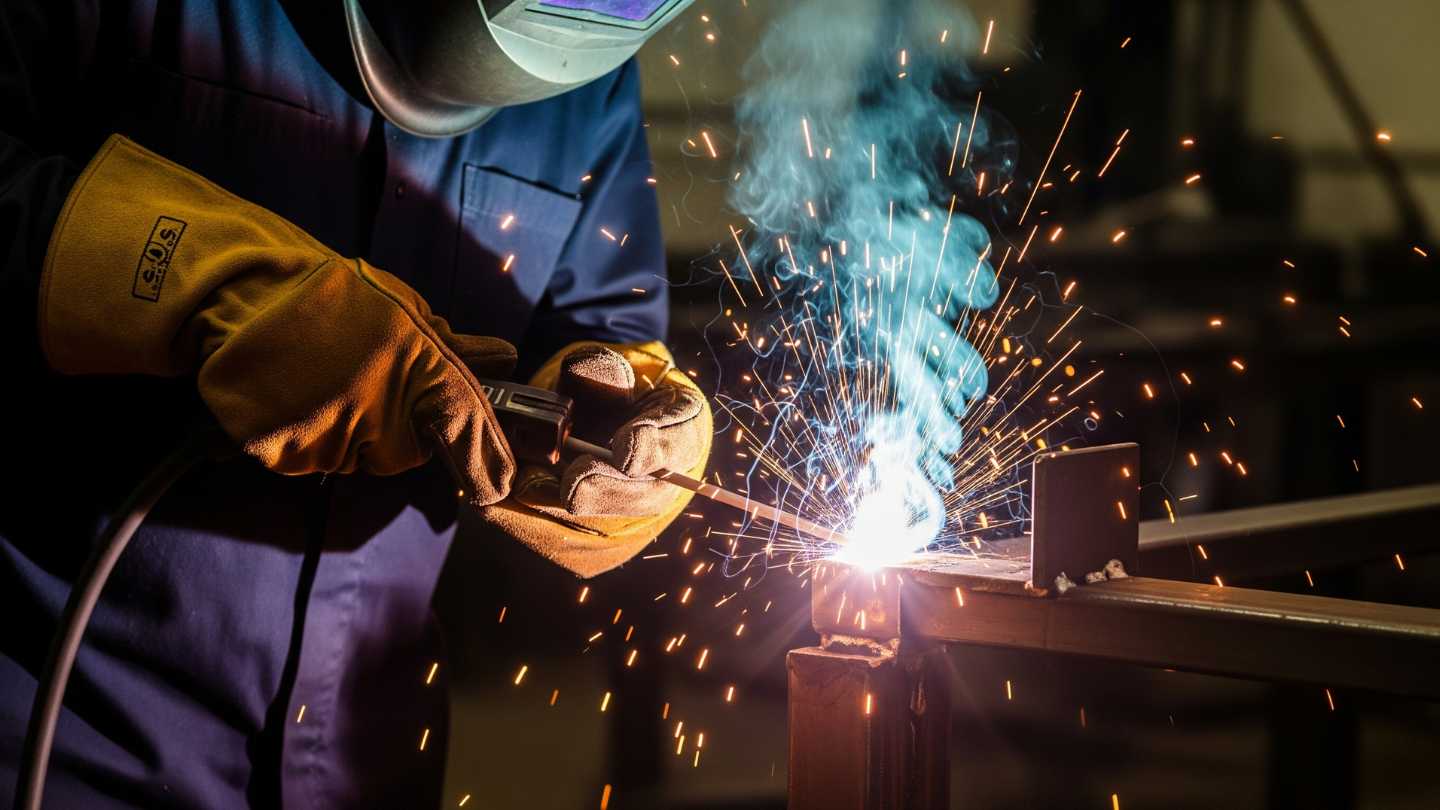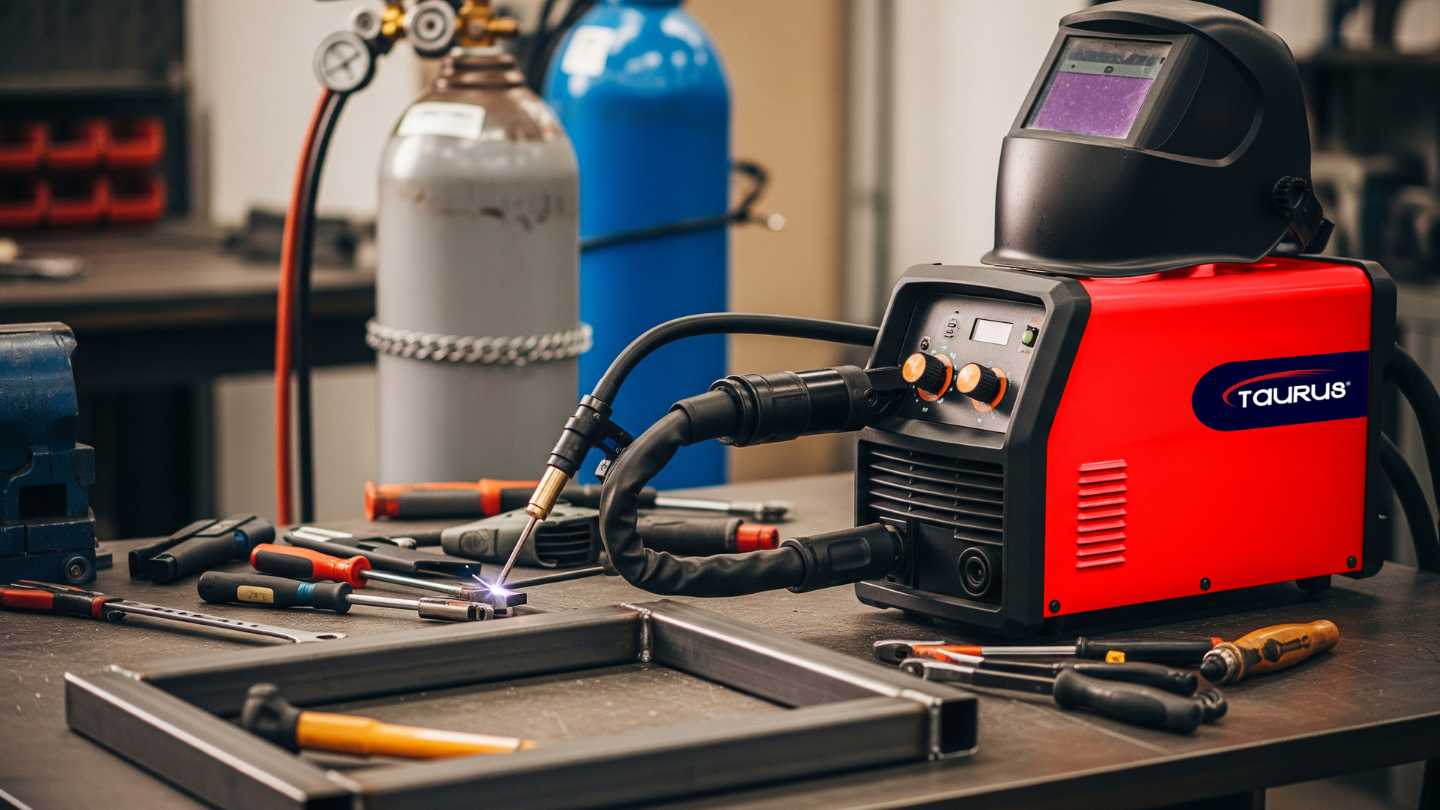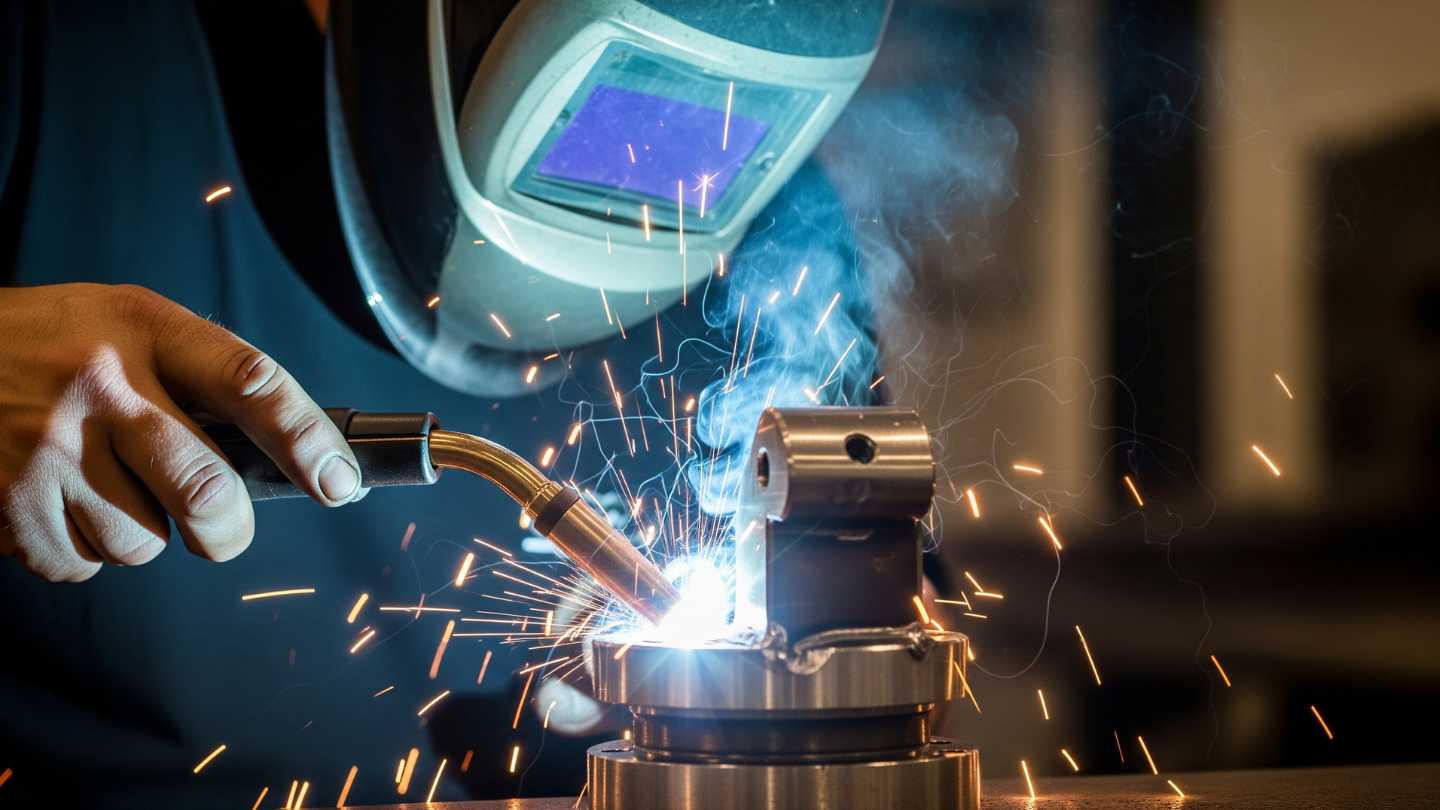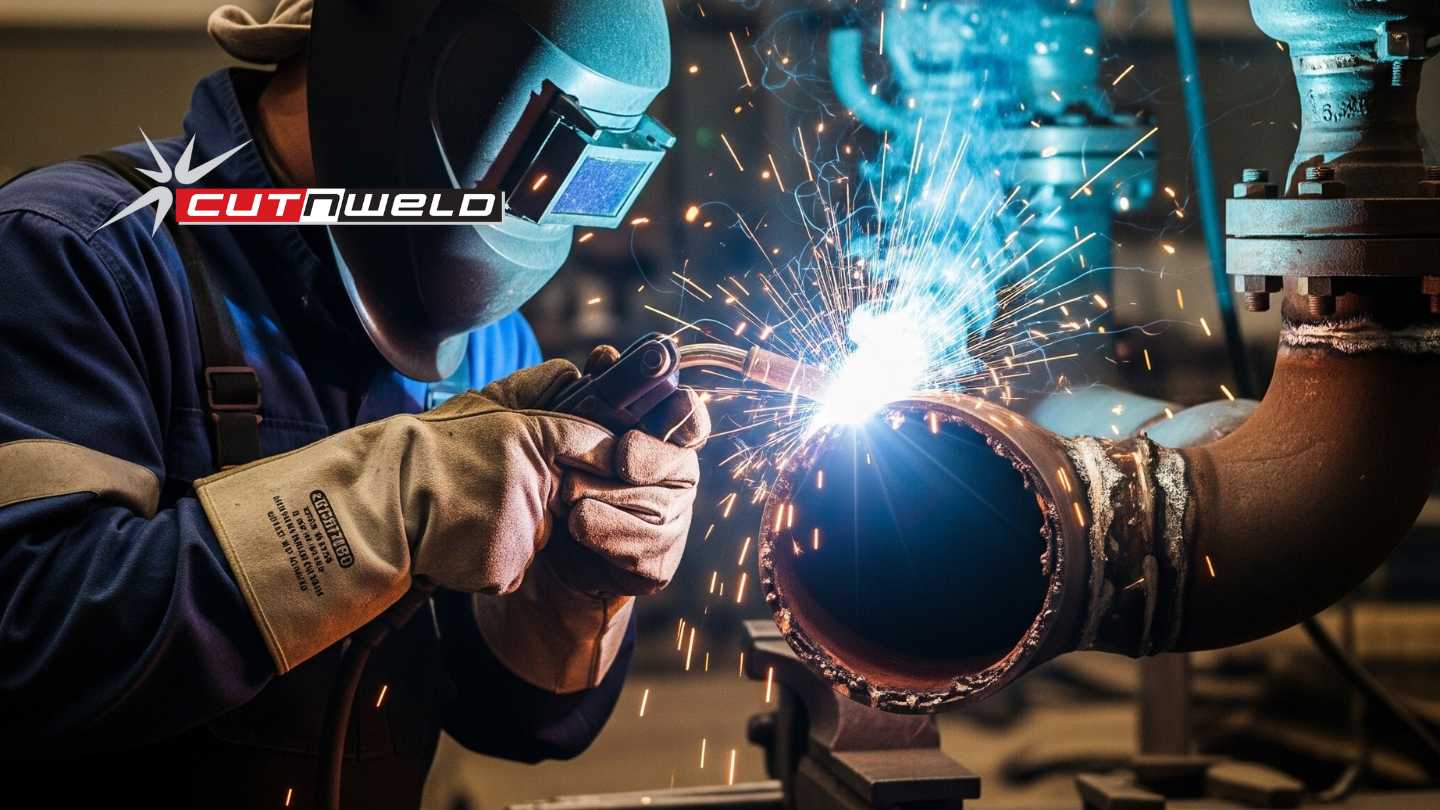
Different Types of Nozzles Used for Cutting Torches
The right cutting torch nozzles are not just accessories; they are fundamental tools that impact the quality, efficiency, and safety of your work.
No products in the Quote Basket.
No products in the Quote Basket.

Welding is the backbone of so many industries, from the towering skyscrapers that define our cityscapes to the intricate machinery that keeps our factories running. For construction and engineering firms, manufacturing companies, and architects, understanding the nuances of different welding techniques isn’t just about getting the job done; it’s about ensuring structural integrity, aesthetic precision, and ultimately, the success of your projects.
At Cut-n-Weld, we’ve been helping professionals like you find the right tools and knowledge for years. Today, let’s dive into the fascinating world of welding, exploring four fundamental techniques: Stick, MIG, Gas, and the highly precise TIG welding. Each has its unique strengths, ideal applications, and a learning curve that, once mastered, opens up a world of possibilities.
Stick welding, formally known as Shielded Metal Arc Welding (SMAW), is often the first technique many welders learn. It’s incredibly versatile and forgiving, making it a staple in many workshops and job sites. Imagine an electrode, coated in a flux material, which melts and creates a protective gas shield around the weld pool. This shield prevents atmospheric contamination, ensuring a strong, clean weld.
Stick welding is particularly robust in outdoor conditions and on dirty or rusty materials, where other methods might struggle. It’s fantastic for heavy-duty applications like structural steelwork, pipeline construction, and general fabrication. While it might not offer the same level of aesthetic finish as some other methods, its reliability and cost-effectiveness make it indispensable. If you’re working with thicker metals and need a strong, dependable joint, a stick welder is often your go-to.

Moving on, let’s talk about MIG welding, or Gas Metal Arc Welding (GMAW). If stick welding is the sturdy workhorse, MIG welding is the efficient, user-friendly machine. It uses a continuously fed wire electrode and a shielding gas (usually argon, CO2, or a mix) to protect the weld pool. This continuous wire feed is what makes MIG welding so much faster and easier to learn than stick or TIG.
What is MIG welding best for? It excels in production environments where speed and ease of use are paramount. Think automotive manufacturing, robotic welding, and light to medium fabrication. It produces clean welds with minimal spatter, requiring less post-weld cleanup. For those working with thinner gauge metals or needing to make a lot of welds quickly, MIG welding is often the ideal choice. We offer a wide range of MIG welders that can significantly boost your workshop’s productivity. You can explore our selection of MIG welders here.

While less common for primary structural work in modern industrial settings, gas welding, primarily oxy-acetylene welding, holds a significant place in the history of welding and remains vital for certain applications. This process involves burning a mixture of oxygen and acetylene to create a high-temperature flame that melts and fuses the base metals, often with the addition of a filler rod.
Gas welding offers exceptional control over the heat input, making it excellent for intricate work, repairs on thin materials, and artistic metalwork. It’s also very portable, requiring only gas cylinders and a torch. You’ll often find gas welding used for plumbing, HVAC systems, and in situations where electricity isn’t readily available. It’s also a fantastic skill for any metalworker to have in their arsenal for its versatility in heating, cutting, and joining.
Now, let’s turn our attention to what is often considered the Gold Standard of welding precision: TIG welding, or Gas Tungsten Arc Welding (GTAW). If you’re looking for the cleanest, most precise welds with exceptional aesthetic quality, TIG welding is your answer.
What is TIG welding? Unlike stick or MIG welding, TIG welding uses a non-consumable tungsten electrode to create the arc. A separate filler rod is fed into the weld pool by hand, and a shielding gas (usually pure argon) protects the weld. This separation of the electrode and filler material gives the welder incredible control over heat input and material deposition.
TIG welding is renowned for its ability to weld thin materials and exotic metals like stainless steel, aluminium, magnesium, and copper alloys with unparalleled accuracy. The welds produced are exceptionally clean, strong, and visually appealing, often requiring little to no post-weld finishing. This makes TIG welding indispensable in industries where appearance and structural integrity are paramount, such as aerospace, medical device manufacturing, high-end automotive work, and artistic fabrication. While it has a steeper learning curve than MIG or stick, the results are truly worth the effort. For those seeking the ultimate in weld quality and control, TIG welding is the undisputed champion. Explore our range of TIG welders to find the perfect machine for your precision needs here.

Selecting the correct welding technique depends entirely on your project’s specific requirements. Consider the material type and thickness, the desired weld quality, the working environment, and your budget.
Here’s a quick comparison to help you decide:
Welding Technique | Best Suited For | Advantages | Disadvantages |
Stick Welding (SMAW) | Heavy-duty fabrication, structural steel, dirty/rusty materials, and outdoor applications. | Excellent for thick materials, cost-effective, portable, and good in adverse conditions. | Lower aesthetic quality, more spatter, slower, requires more cleanup. |
MIG Welding (GMAW) | Production work, light to medium fabrication, automotive, robotics. | Fast, easy to learn, high deposition rate, good for thin materials, minimal cleanup. | Less portable than stick, sensitive to drafts, limited for very thick materials. |
Gas Welding (Oxy-Acetylene) | Thin materials, intricate repairs, artistic metalwork, heating, and cutting. | Excellent heat control, portable, and versatile for cutting and heating. | Slower for larger projects, high heat input can distort material, and generally less strong than arc welds. |
TIG Welding (GTAW) | Thin materials, exotic metals (stainless steel, aluminium), high-precision applications, aesthetic welds. | Superior weld quality, precise control, minimal spatter, excellent for thin and speciality metals. | Slower, requires high skill, less portable, and more expensive equipment. |
Mastering these welding techniques takes practice, dedication, and the right equipment. At Cut-n-Weld, we’re committed to providing construction and engineering firms, manufacturing companies, and architects with the high-quality welding equipment and consumables you need to achieve exceptional results. Whether you’re a seasoned professional looking to upgrade your setup or a company exploring new fabrication methods, we have the expertise and products to support your goals.
Ready to elevate your welding capabilities? Visit our website to explore our comprehensive range of stick, MIG, gas, and TIG welding equipment. Our team is always ready to assist you in finding the perfect solution for your next project.

The right cutting torch nozzles are not just accessories; they are fundamental tools that impact the quality, efficiency, and safety of your work.

Laser art welding isn’t just functional, it’s an art. Precision, detail, and creativity combine to turn metalwork into true expression.

Recognising welding machine repair signs early is the key to preventing a small issue from becoming a major overhaul.